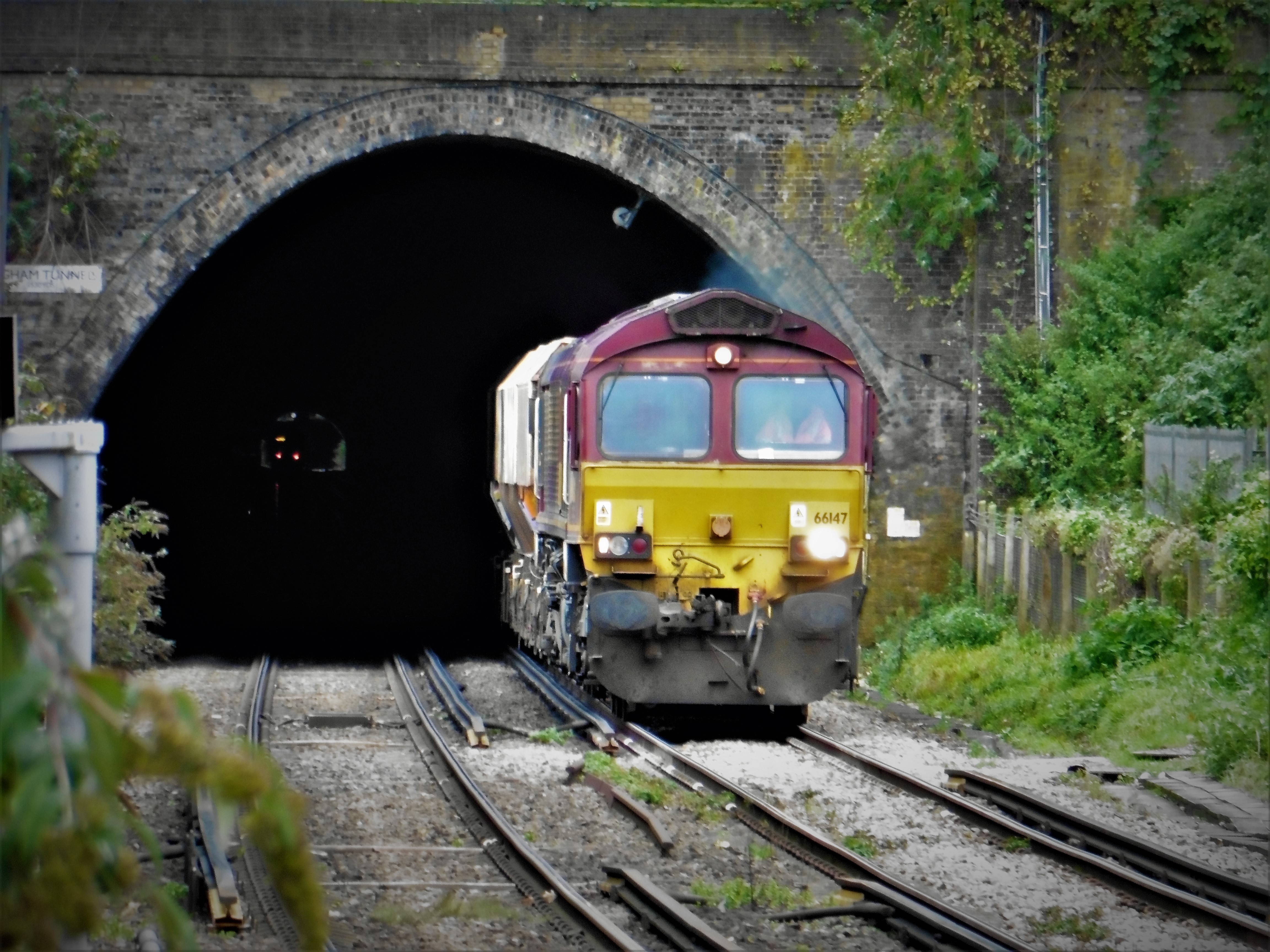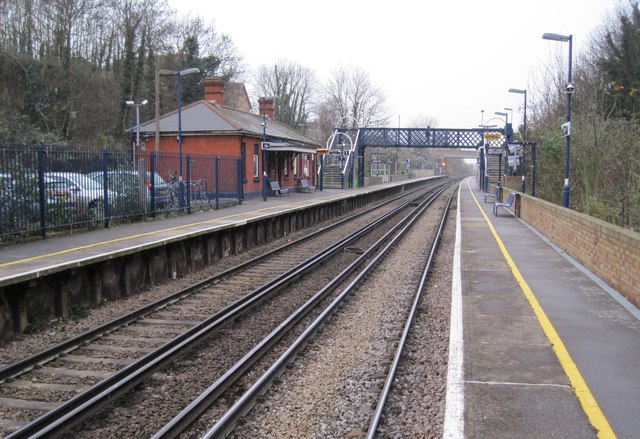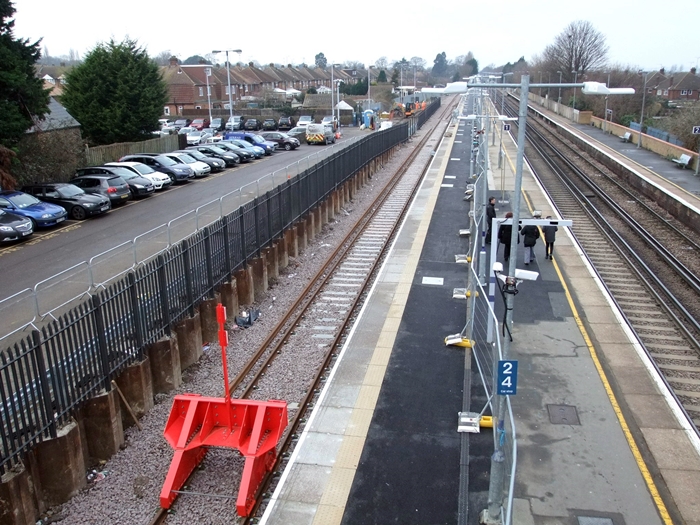I visited the East Kent Railway at Shepherdswell in Kent on the 1st August 2020. It was their first running day since the lockdown due to Covid-19. I aim to showcase some of the things on offer at this fantastic heritage railway in this short blog.
Firstly, the railway is home to a couple of MK2 carriages in BR Blue as well as a VEP DTC coach from 3545. These give a comfortable ride along the route, and for those who remeber travelling in these, a great feeling of nostalgia. They are usually hauled by diesel shunters or a steam locomotive.
Taking of which, the diesels used comprise of either a Vanguard, or class 08 shunters. All are very well kept / restored and suit the line perfectly.
Hopefully soon, a very exiting new addition will run. The railway has acquired a pacer unit! This will fit the line perfectly, and with the availability of parts, hopefully be easy to maintain. I look forward to riding it soon.
The heritage line is complemented with two miniature railways (one is only in operation at time of writing, the woodland one). These give an entirely different experience, but one which is fun and well suited to the young visitors (or young at heart!!)
There are also two carriages which host a few model railway layouts, all of which are well run and modelled. There is always something interesting to see going round the layouts, and the operators are very enthusiastic about their work.
Add to all this, some really good woodland walks, being able to get up close to some of the stock, and of course a fantastic cafe which serves great food and drinks (milkshakes are fantastic).
I had looked at this railway before but never had been. I liked the rolling stock they have as it reminds me of my childhood. Even before this first visit, I had become a member, in order to help in a small way to keep this railway running through a difficault economic period. Visiting only confirmed that I had made the right choice, and I plan more visits in the future.
Below are a few photographs, plus a Vlog which I created detailing this visit. If you can, please visit this small but very well run railway, you won’t be disappointed.
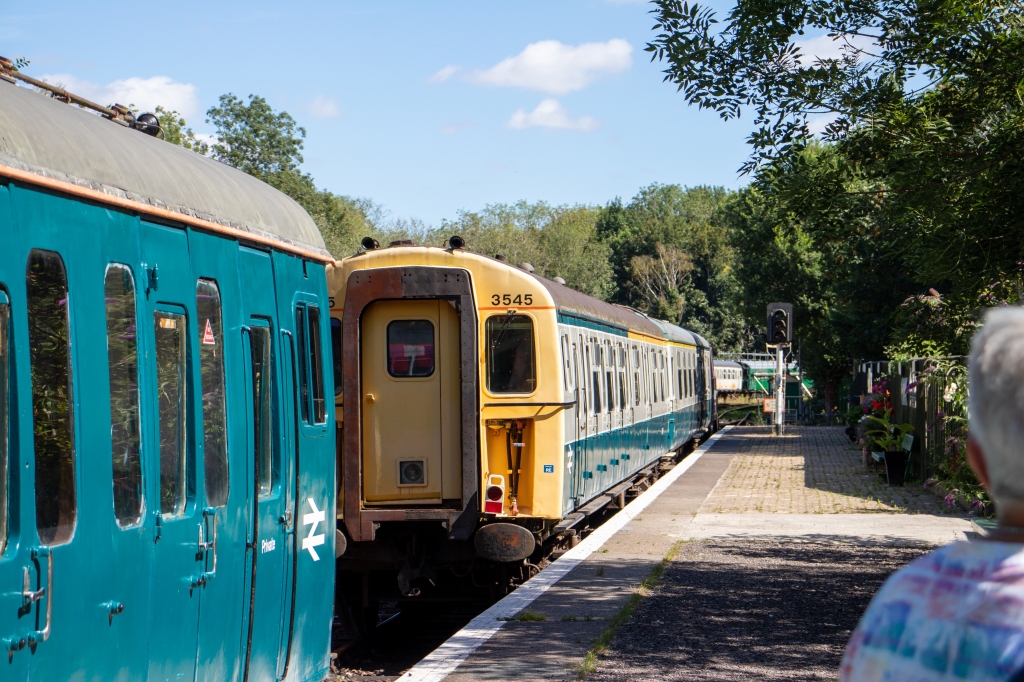
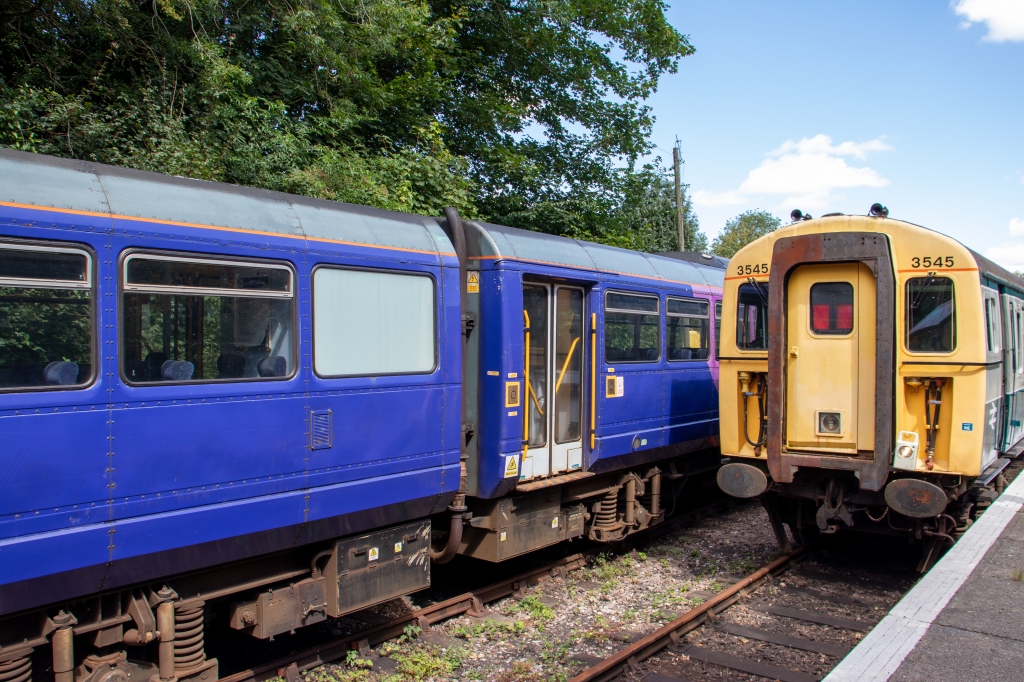
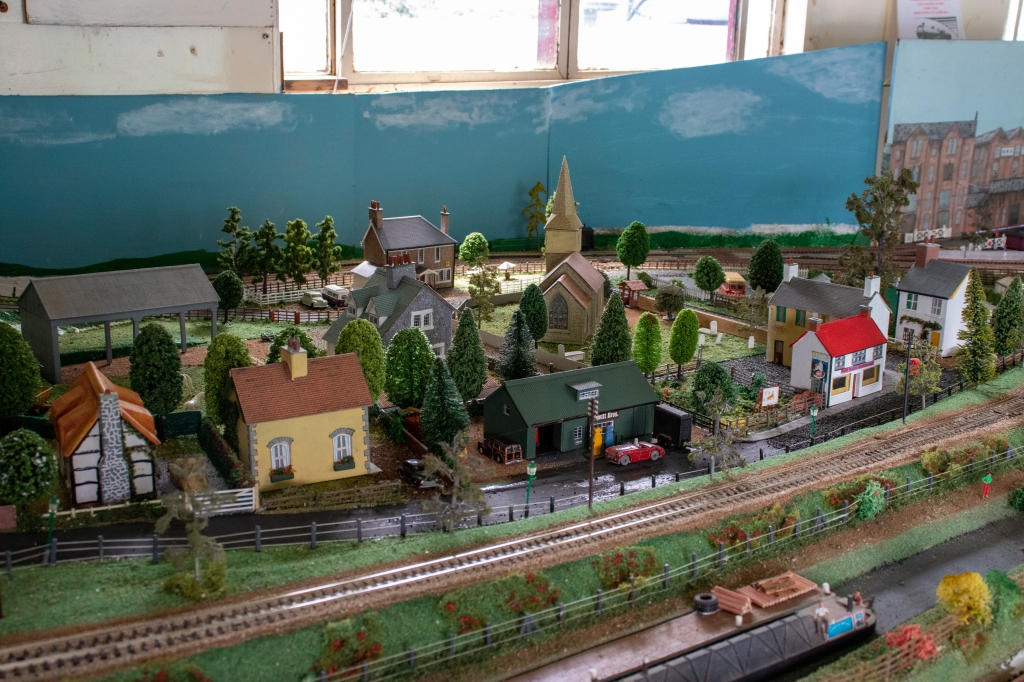
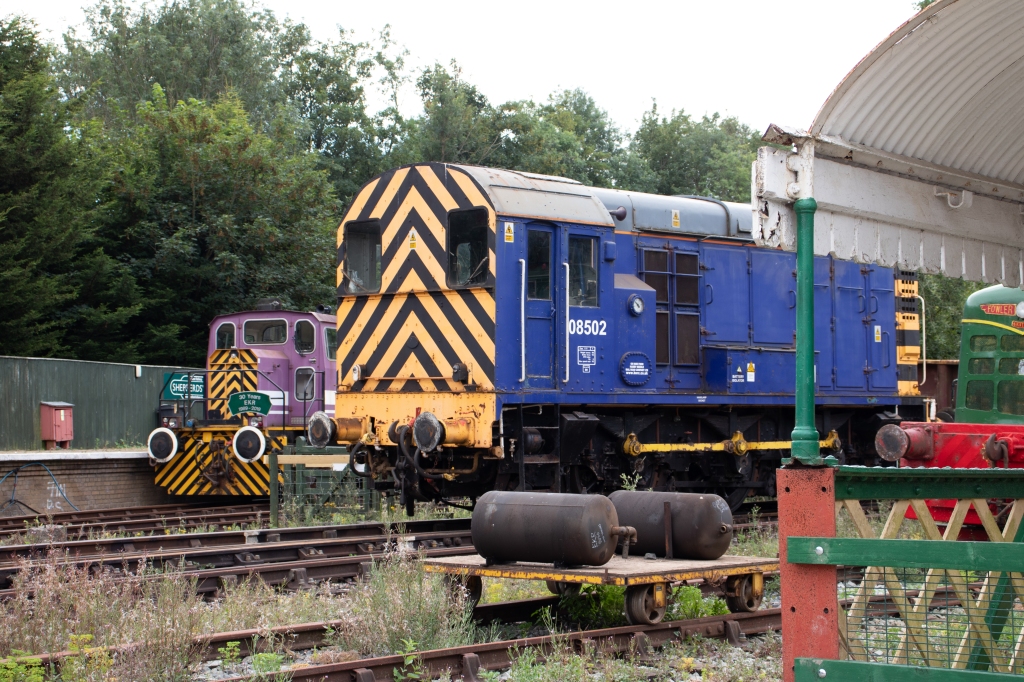
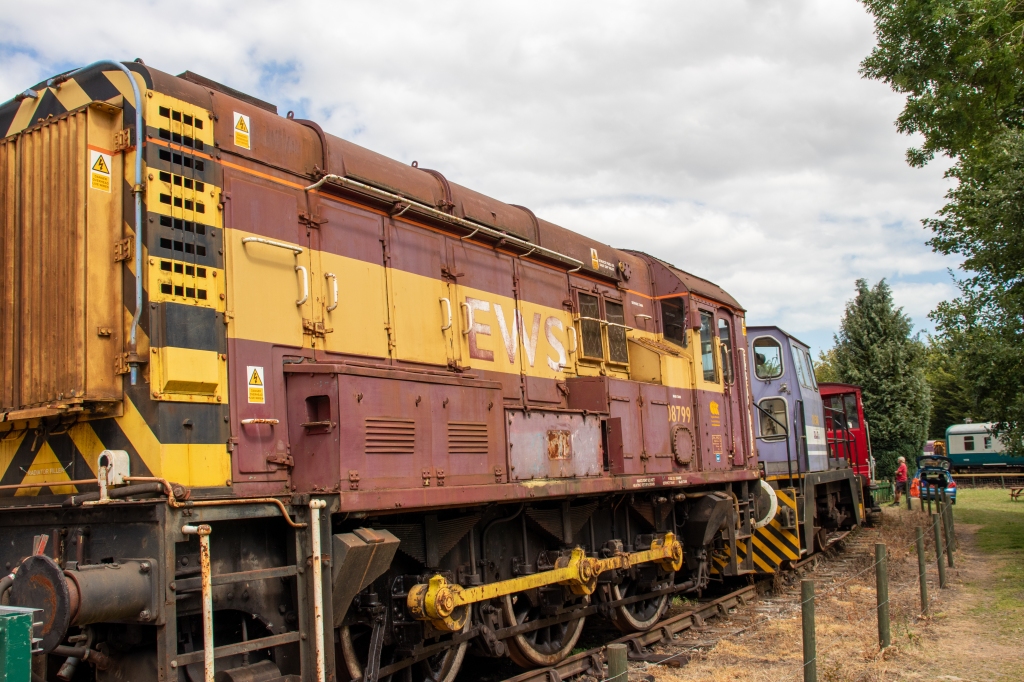
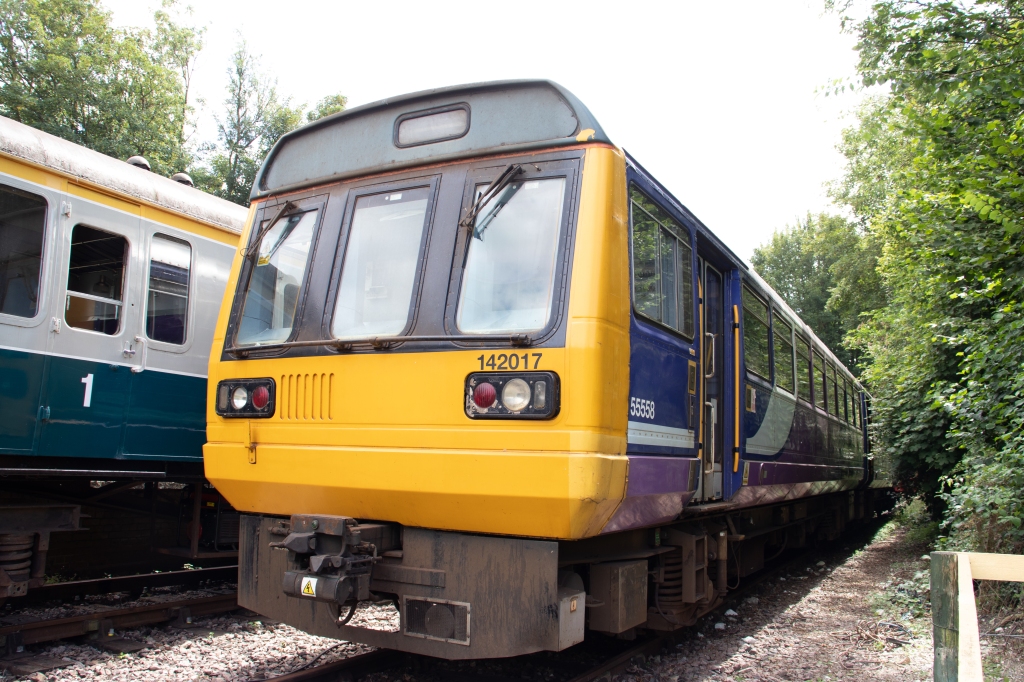
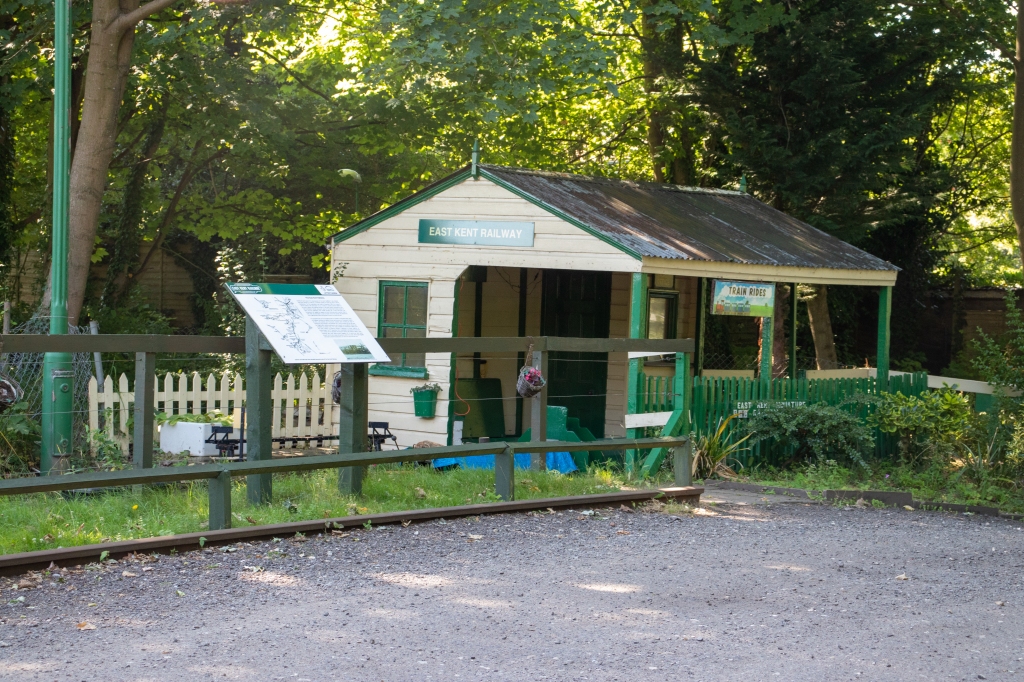
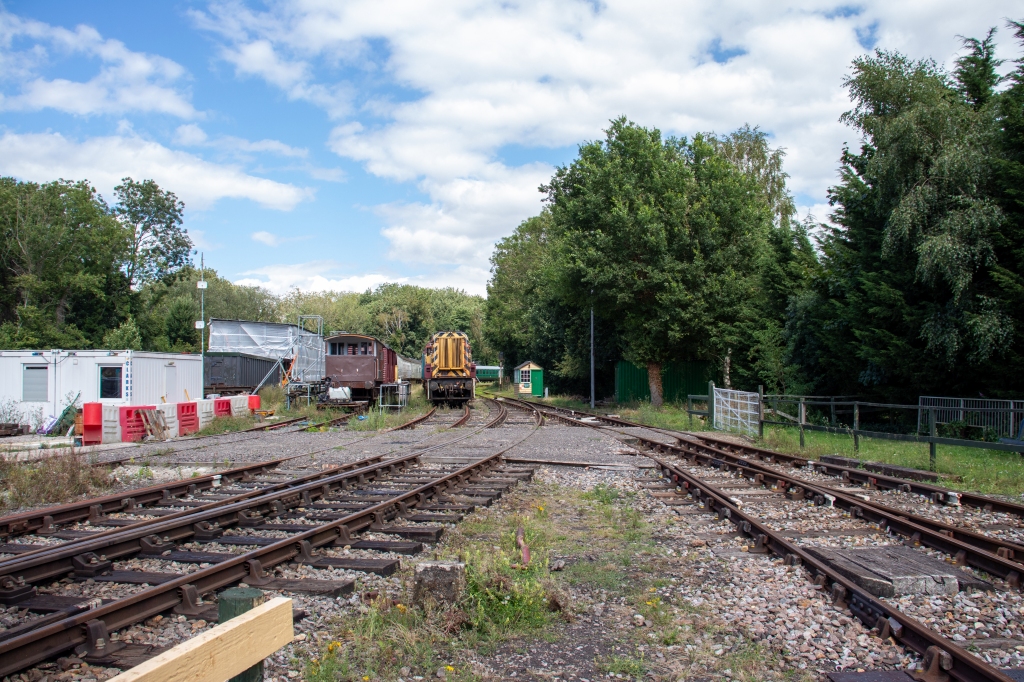
Many thanks for reading. If you enjoyed, please search for Rainham Rail Enthusiast on YouTube, Facebook and Instagram – Thank You.

